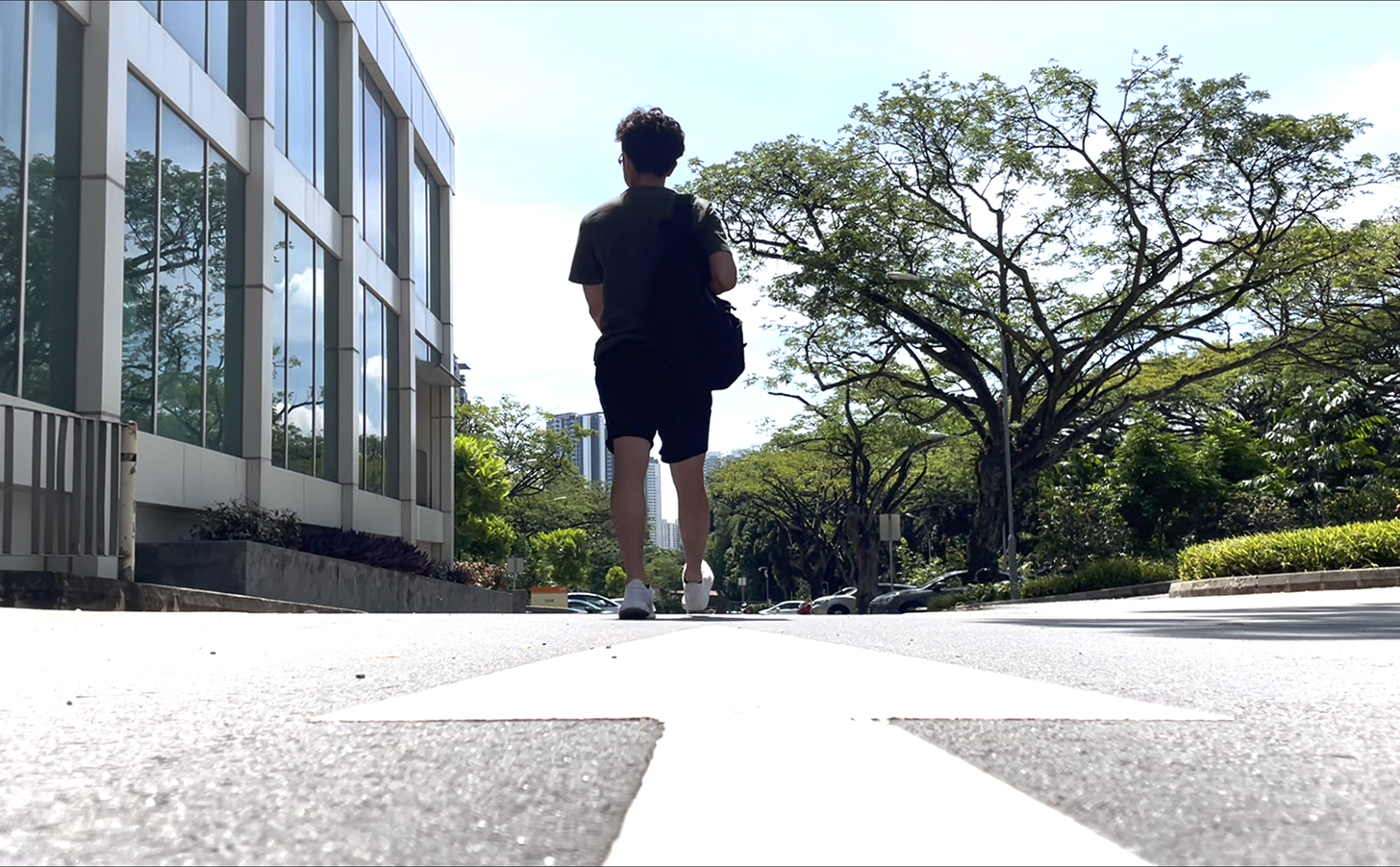How stressed can coral reef be?
By: Kalen Truong, SEAS ’24

Engineering Research in Singapore – National University of Singapore
I was given the opportunity to attend the Summer Engineering Research Internship for US Students (SERIUS) at the National University of Singapore! I am currently researching and designing biomaterials to test the mechanical behavior of recently created immortalized coral reef cell lines. My research takes place in the Mechanobiology Institute (MBI) under the supervision of Professor Andrew Holle and his graduate students. I am doing research with a fellow undergraduate student from John Hopkins, and we are embarking on this unknown journey of coral reef cell discovery together.
The first few days of the program went as expected- as we had no experience working with coral reef cell lines before, we had to be prepped with the basics of cell culture techniques. The first day began with a technique called Passage of the Cells- a method used to prevent overpopulation or 100% confluence of cells on the surface of a flask by moving culture to another environment. In this technique, buffers, trypsin, and growth media are used to wash away or remove organic waste, extract cells that adhere to the surface, and allow for cell growth in the cells’ new environment.
Next, we created the infamous polyacrylamide (PA) hydrogel. A versatile polymer used in materials science, we would use PA hydrogels to determine the correlation between the stiffness of the gel and cell culture growth. Questions we would ask are, “How does stiffness affect coral cell growth,” and “How does motility and morphology of the coral cells change as we introduce different stiffnesses?” This creation of these hydrogels takes around an hour and a half as it involves an extensive polymerization process. At the end of this process, squishy, gel-like material was formed on coverslips which we would use to place coral cell lines on top of them in the next few days.
The last technique we learned was the functionalization of the hydrogels. The hydrogels had to receive markers and be reactive enough to attach to the cells. Thus, catalyst and washing techniques were used to make the hydrogel reactive to substrates such as coral reef cells. This was the end of what we’ve learned so far in the lab. I’m extremely excited to be working in this lab because I will be able to apply biomechanical research and techniques to my lab back at Penn.
Next week, I will be able to apply these techniques individually and eventually begin doing independent work!
The Global Research and Internship Program (GRIP) provides outstanding undergraduate and graduate students the opportunity to intern or conduct research abroad for 8 to 12 weeks over the summer. Participants gain career-enhancing experience and global exposure that is essential in a global workforce.